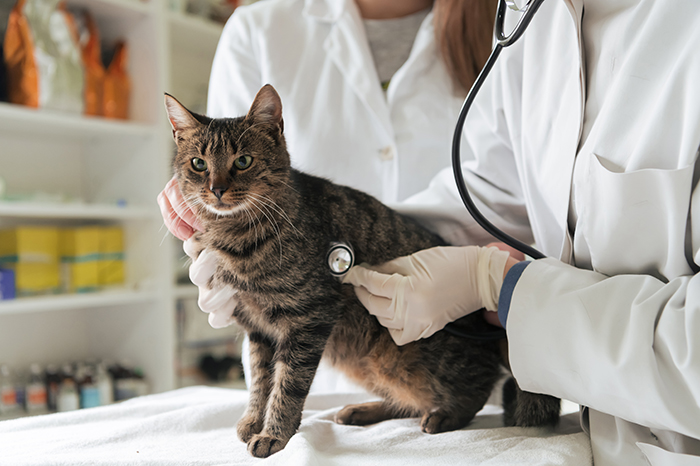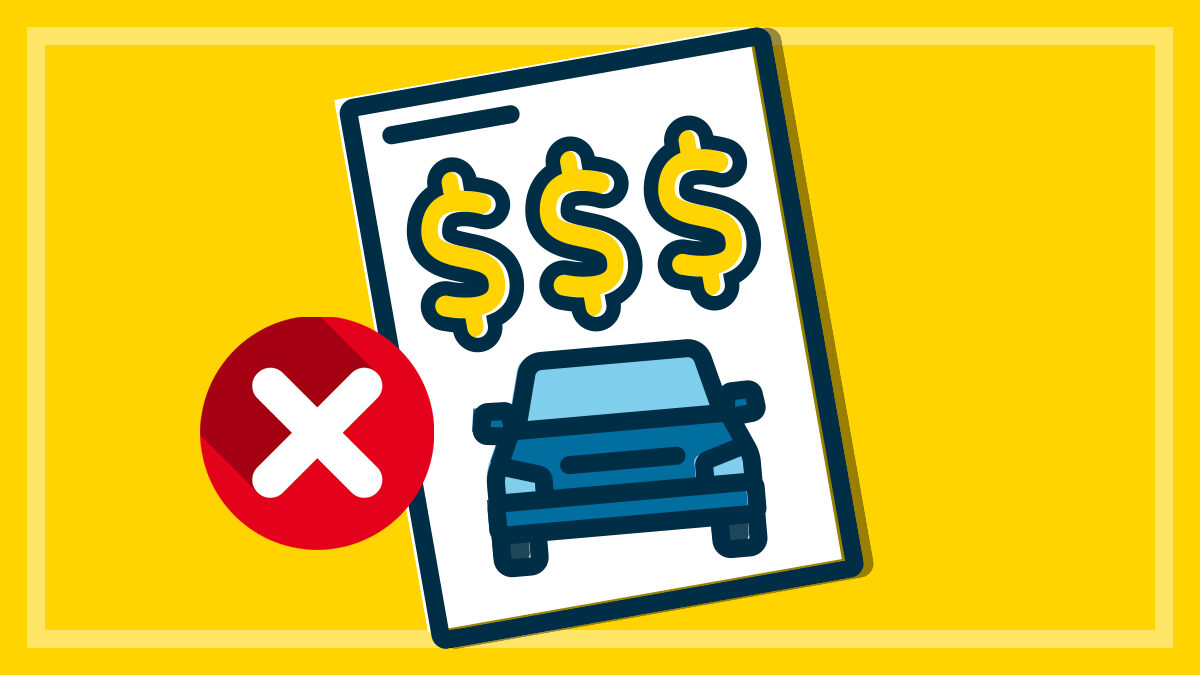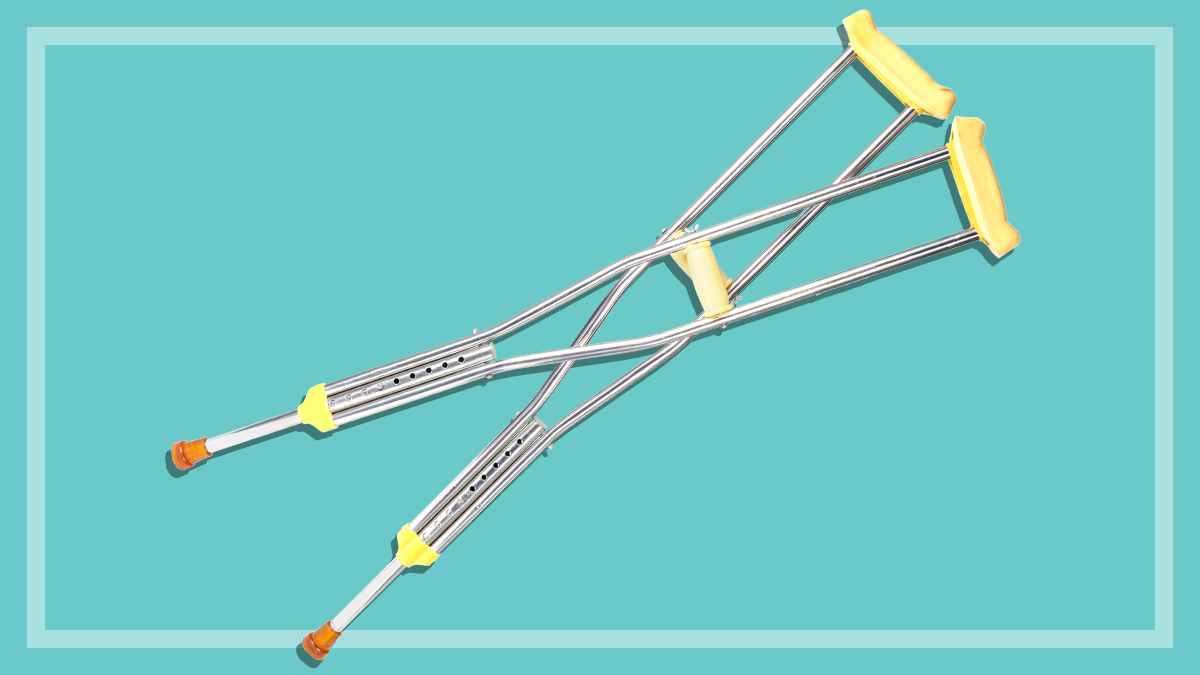Get our independent lab tests, expert reviews and honest advice.
Saving for vet bills vs pet insurance: What’s best?

Need to know
- Pet insurance may give peace of mind but limits and exclusions on policies mean you'll still be out of pocket if your pet needs care
- Putting money aside for veterinary treatment may be cheaper in the long run, but it's important to understand potential costs
- Pet insurance products have improved since we gave the industry a Shonky in 2019
You’ve acquired a cute collar, a snazzy food bowl, a comfy pet bed and come up with the perfect name. Your pantry is stocked with the ideal pet food for your new furry friend and you’ve made sure that their vet care is up to date. Your wallet might be lighter after the initial outlay of getting a new pet, but your heart is full. And surely the biggest expenses are behind you, right? Well, maybe not.
Having a new pet is exciting, but being a pet owner means considering the veterinary costs you’re likely to have in the months and years ahead. While the initial outlay might be relatively small if you adopt a rescue, it can run into the thousands if you’ve purchased from a breeder and, either way, it’s still only a fraction of what you’ll need to spend over the lifetime of your pet.
Pet owners can expect to pay upwards of $3200 a year to care for a dog and $1715 a year to care for a cat – not including vet bills
According to ASIC’s Moneysmart website, pet owners can expect to pay upwards of $3200 a year to care for a dog and $1715 a year to care for a cat and that doesn’t cover the cost of veterinary bills should your pet be injured or become ill.
Knowing that veterinary costs can quickly add up, some pet owners choose pet insurance to give them peace of mind should large or unexpected bills arise. However, amid ongoing cost-of-living pressures, many owners may see the high cost of pet insurance premiums as an expense they can do without. In that case, could self-insurance – putting aside savings to cover unexpected costs – be a better way to go?
The pros and cons of pet insurance
Like nearly all insurance products, pet insurance can be complicated, which makes it difficult to figure out whether a policy represents good value.
CHOICE pet insurance expert Daniel Graham says it’s important to understand the limits of any policy you plan to sign up for.
“Almost all policies have an annual benefit limit, which caps what the insurer will pay for treatment your pet gets over the policy period. Limits range from $5000 to $30,000, but of course with all things insurance it’s never that simple.”
“Most insurers also place limits on how much of each bill they will cover. Some will only rebate you as little as 60% of the bill, although 80% is more common. So if you have a $20,000 limit with 80% cover, you will be at least $4000 out of pocket by the time you’ve claimed the full annual limit,” he says.

What to look for when comparing options
You should also consider what is covered and what features are excluded. Here are some factors to consider.
- Most standard policies won’t cover routine checkups and vaccinations. If you want coverage for these things, make sure you choose a policy that offers this cover and be aware premiums will be higher.
- If you have an older animal it can be hard to get cover – only a handful of policies are available to animals over eight years of age and these will usually only cover accidents, not illness.
- Remember there will be an excess to pay with any policy, so you’ll still be out of pocket if your pet requires veterinary care and many policies have a $300 limit on veterinary costs.
- Be aware that many policies will only cover a portion of the cost of any vet bills and that percentage may get smaller as your pet ages.
What do pet owners say?
Despite these caveats, many pet owners believe pet insurance to be good value.
For Teresa, whose three-year-old Labrador developed allergies early in life, insurance has more than paid for itself. “It’s definitely helped us afford allergy treatments,” she said.
For Samir and his family, the value of pet insurance became clear when their ageing German Shepherd, Jasper, developed a condition that required regular treatment at a specialised vet. While Jasper was uninsured for his first seven years, the family decided that they wanted to ensure they could cover vet bills as he grew older and were glad they did.
“We realised how lucky we were to have the insurance. We would not be able to afford the bills without it,” he said.
Other pet owners decided insurance wasn’t such good value.
Wendy calculated that pet insurance would have cost her $35,000 for two cats over 13 years
Wendy looked at getting insurance for her young cat but decided it wasn’t worth the cost.
She calculated that for her cats she’d have spent roughly $35,000 on insurance in the 13 years since she first investigated the option, assuming the premiums didn’t rise, which of course they would have.
“I’ve maybe spent $8k on vet bills over their lives so far and $5k of that was a three-day emergency stay, so at this point I’m significantly ahead.”
Chris, whose cat Adi was already a senior when he adopted him, also believes pet insurance would not have been good value.
“I’ve never had pet insurance, and have had to pay out a fair bit for various treatments – probably $2500 over the past four years. I suspect I probably wouldn’t have been ahead overall with pet insurance, as he was an old boy when I got him – about 14 years old – and I expect policies would have been limited and premiums high. So I don’t really regret not having insurance,” he says.

‘Financial protection and peace of mind’
According to the Australian Veterinary Association (AVA), financial protection and peace of mind are just two of the benefits of pet insurance. Access to advanced care and its use as a budgeting aid are others.
“Regular premium payments can be easier to manage than sudden large vet bills,” they said.
CHOICE has been closely monitoring the costs and restrictions of pet insurance over the years and our insurance experts note that there have been improvements to policies in recent years.
“The pet insurance market has come a fair way since 2019, when we gave the whole sector a Shonky for their uncompetitive rules around pre-existing conditions,” says Daniel.
CHOICE has been closely monitoring the costs and restrictions of pet insurance and our insurance experts note that there have been improvements to policies in recent years
“You can now get cover for pre-existing conditions after serving a waiting period, but only if the condition doesn’t flare up during that time. That compares poorly to human health insurance, where you just need to serve a waiting period to get cover,” he says.
He also points out that dental illnesses and behavioural conditions are often excluded, or have severe limitations in terms of the conditions and treatments covered.
In a 2021 survey of pet owners, CHOICE was told more than once that exclusions were the reason for choosing to discontinue insurance. “It was expensive with unsatisfactory exclusions and limited cover,” one survey respondent told us. “The list of claimable expenses was very short,” said another.
The pros and cons of self-insuring your pet
Before you decide to self-insure, it’s important you understand the pros and cons.
“In certain situations, self-insuring, or regularly putting money aside to cover potential future veterinary costs, can be a viable alternative to pet insurance,” an AVA spokesperson told us.
The pros of self-insurance
- Access to and control over funds when needed: Regular saving allows access to funds when they’re needed and can help reduce stress.
- Avoiding premiums: If pets remain healthy, some owners find regular saving more cost effective.
The cons of self-insurance
- Unpredictability: Veterinary emergencies can be unexpected and costly. Without sufficient savings, pet owners might struggle to cover all the expenses required to treat their pet. On this point, bear in mind that even if you have insurance you’re still likely to be hit with upfront and out-of-pocket costs should an emergency arise.
- Slow savings growth: Building up significant savings takes time. If an emergency occurs early in the initial savings period, saved funds might be insufficient, or might leave owners without enough savings to cover a subsequent unexpected illness or accident.
- You need to be disciplined: Cost-of-living pressures and other financial emergencies may mean your savings are needed elsewhere and it can be tempting to spend money saved for possible future veterinary bills.

How much do you need to self-insure your pet?
If you do decide to self-insure your pet, a good starting point when thinking about how much to save is to consider regular vet care costs such as annual vaccinations and check-ups. Bear in mind you’ll also need to pay for these services even if you have insurance, as most policies won’t cover them. You’ll also need to set aside funds for emergencies and illnesses.
Costs of common veterinary treatments
Here are the average costs for some common veterinary treatments according to PetSure’s 2024 Pet Health Monitor report.
- Foreign body ingestion (dogs): $1064 without surgery and $5067 with surgery.
- Foreign body ingestion (cats): $1808 without surgery, $4951 with surgery.
- Cruciate ligament surgery: $5500.Hip replacement: $12,300 per hip.
- Heart conditions: $1446 in dogs, $1409 in cats.
- Kidney disease: $1589 (cats).
- Cancer in dogs: $1514 without surgery, $2812 with surgery.
- Cancer in cats: $1931 without surgery, $3600 with surgery.*
Again, even if you have insurance there will likely be gaps and excesses to pay. It’s also worth noting that many policies will have maximum benefits of $10,000–20,000, with some paying as little as $5000. This is why it’s imperative to check the limits of a policy before you buy, to ensure it’s right for you. The CHOICE pet insurance review will tell you this information and help you compare limits on policies.
CHOICE tip: Our expert comparison of 79 pet insurance policies from 28 insurers will help you decide which insurance is right for you and your pet. You can check what percentage of the vet bill an insurer will pay, what excess payment options each policy has and find out which policies have the highest annual benefits and the biggest range of features.
Average costs just the start
In all of the examples given above, maximum treatment costs can be many times greater than these averages.
For example, the highest treatment cost for toxin and foreign body ingestion in cats was $19,444 and in dogs it was $41,671. And, as painful as it is to consider, you should also factor in the cost of euthanasia which may be required if your pet’s quality of life deteriorates and treatments aren’t an option. You may also decide you want to factor in burial or cremation costs. These can also cost hundreds of dollars.
When deciding on whether or not to self-insure, it’s vital that you also factor in the pet’s breed and age.
The highest treatment cost for toxin and foreign body ingestion in cats was $19,444 and in dogs it was $41,671
Studies have shown that some breeds are more susceptible to certain conditions. In Pet Sure’s 2024 Pet Health Monitor they give the example of Golden Retrievers, who can be prone to eye problems, Miniature Dachshunds, who could suffer spinal disease and German Shepherds, who could experience arthritis and gastrointestinal complaints. Understanding the particular risks your pet might face can help you budget accordingly and your vet should be able to assist with these calculations.
You should also consider these issues when choosing pet insurance so you can be sure your policy covers the problems your pet might encounter.
*Source: Petsure Pet Health Monitor 2024






